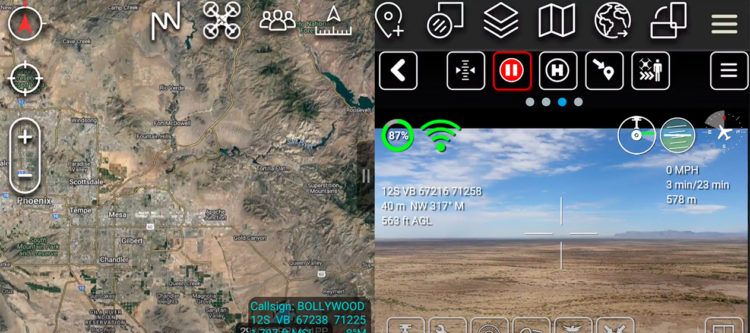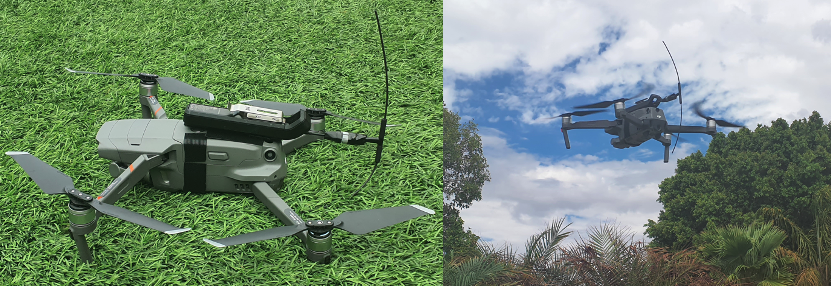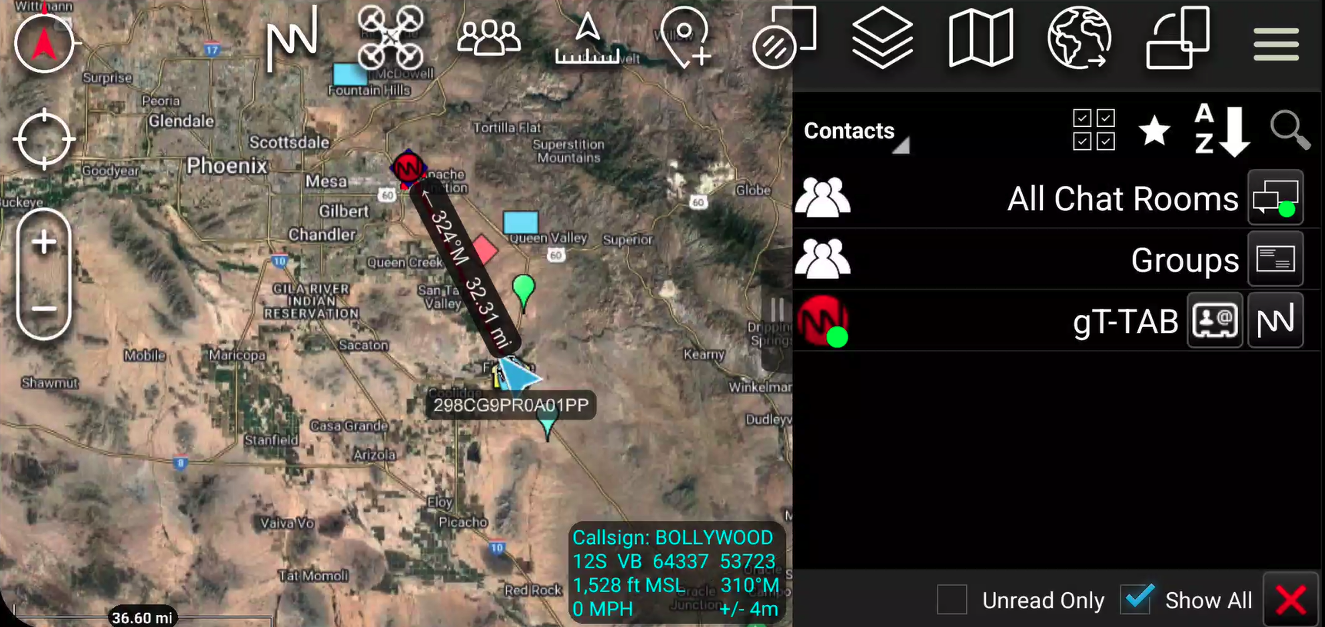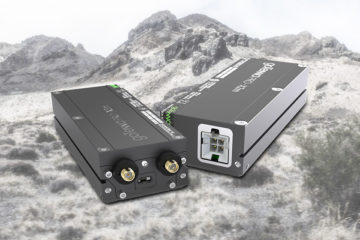Unlocking drone potential: How mobile mesh networking enhances tactical operations for public safety and military operators

goTenna recently conducted another test of its goTenna Pro X2 mobile mesh networking solution in a rural and remote part of Arizona. Terrain features included arid desert, mountainous plateaus, and dense pine forests. In their demonstration, the goTenna team pushed the boundaries of mobile mesh networking connectivity by showcasing the capabilities of pairing a goTenna Pro X2 with a drone.
Today, drones are used by emergency responders conducting disaster response operations during wildland fires and other emergency scenarios. In these instances, drones provide aerial intelligence, situational awareness, and visualization. Drones are also seeing increased use among law enforcement organizations. In fact, the law enforcement-focused blog, Police1, recently shared 11 different ways drones are being used in the line of duty to facilitate law enforcement operations. Some of the use cases included in the list involved reconnaissance operations, forensic investigations, and even searching for missing persons.
As drone technologies improve in quality and durability, become more available, and decrease in price, it should be no surprise to see them leveraged in practically every tactical operation in the future. The test conducted by goTenna was designed to bring even more capability and functionality to drones that are already being used by first responders, law enforcement, and military operators.
32 miles of connectivity
Before the field test, goTenna’s team was curious as to whether the goTenna Pro X2 mesh radio would harm the drone’s capabilities. During setup, the team attached a goTenna Pro X2 to a DJI Mavic2 Drone and equipped it with an upgraded omnidirectional, semi-rigid, dipole antenna. Next, the group launched the drone into the sky, hoping to discover goTenna Pro X2’s effective range in that particular configuration.
Using one goTenna Pro X2 in relay mode mounted to the drone, the team successfully enabled two-way communications with another radio more than 32 miles away.

The network established during the test had an incredible 32-mile effective range. What’s more impressive was the ability to overcome line-of-sight limitations since the drone positioned the goTenna Pro X2 devices high enough to keep the mountainous terrain from impacting the signal. But the most important aspect of this test was its implications for emergency response, law enforcement operations and military operators.

Adding comms to existing functionality
When disasters or emergencies occur, they often happen in austere, off-the-grid environments or isolated geographic areas. They also occur spontaneously with very little time to plan or prepare.
The drone test with the goTenna Pro X2 was conducted in a geographically remote area of Arizona with no existing terrestrial networks or infrastructure. Using mobile mesh networking radios and a commercially available drone, the team was able to establish basic communications and situational awareness capabilities in less than five minutes.
This means that integrating a mobile mesh networking radio, like a goTenna Pro X2, with the drones used by emergency or tactical operators can almost immediately create an ad-hoc communications network.
This bubble of connectivity can be created quickly as soon as operators arrive at the scene. Also, since modern mobile mesh networking radios can work with practically any mobile device, this network can enable tactical operators from disparate organizations and agencies to communicate and see each other’s locations on a map.
This is why some unmanned aerial system (UAS) manufacturers, including BlackBar Engineering, are looking to natively integrate goTenna mobile mesh networking devices into their UAVs. According to Callie Groth, the CEO of BlackBar, the integration of goTenna and their Storm UAS solution would give users, “…an ad-hoc communications network that provides basic communications and situational awareness capabilities in even the most remote, geographically-isolated places on the planet.”
By integrating goTenna’s Pro X2 mobile mesh networking solution with the drones they’re already using during tactical operations, emergency responders, law enforcement and military personnel can establish the interoperable communications they need for their mission, even in the most remote and austere environments. This drastically increases the value of their drones by adding communications functionality to their existing intelligence, surveillance, and reconnaissance capabilities.
Disclaimer: Please note that for all aerial assets using a mesh network, follow any applicable government regulations and restrictions during your deployment.







No Comment